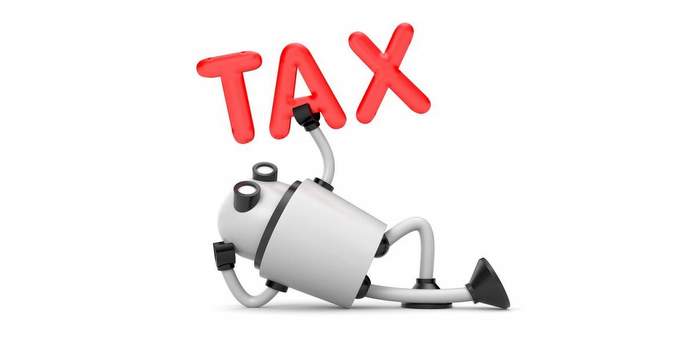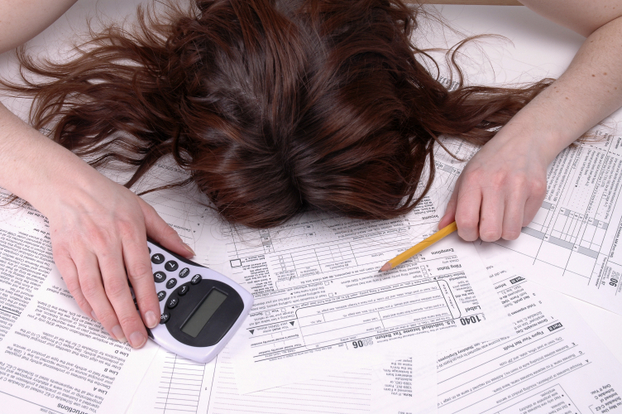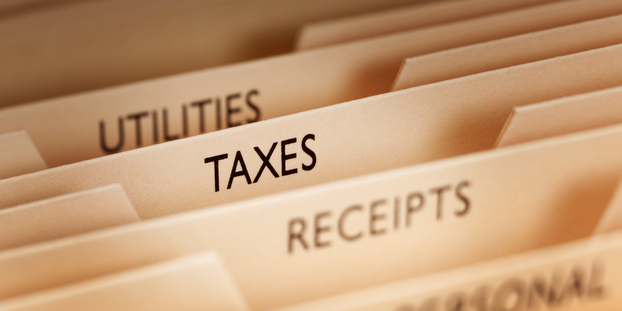
The Tax Cuts and Jobs Act of 2018 (TCJA) is positioning businesses, including craft breweries, for growth and profitability but also requires a fresh look when it comes to equipment acquisition strategies.
Tax reform is bringing many changes, but the tried-and-true benefits of leasing equipment remain unchanged. Equipment financing continues to provide:
- Enhanced cash flow, allowing you to avoid large out-of-pocket costs and effectively manage cash from operations;
- Unparalleled flexibility and asset management features, including options to keep equipment in place for the long haul or upgrade to the latest technology; and
- Preservation of credit lines to support day-to-day business operations rather than long-term capital needs.
While the benefits of equipment financing continue, it’s important to consider how tax reform is changing the playing field.
Continued tax savings
Most equipment offers depreciation benefits. Historically, the most common equipment financing options—loans, non-tax leases and tax leases—allowed the equipment owner to deduct equipment depreciation expenses from taxable income, which significantly lowered their tax liability. Fortunately, the TCJA doesn’t eliminate this benefit. However, selecting the option that optimizes your business’s tax strategy is key.
Historic changes with major impact
The centerpiece of the TCJA—a reduction in the maximum corporate tax rate from 35% to 21%—will dramatically reduce tax liability for many manufacturers. Additionally, the range and size of available corporate tax deductions has expanded. The combination of these two changes begs an important question for most businesses: How many deductions can realistically be absorbed going forward? Determining the tax deductions and credits that will best benefit your business will be time well spent.
How much is too much?
Understanding your organization’s ability to absorb large deductions will be important. Here are some areas to consider:
100% Expensing. For equipment placed in service after Sept. 27, 2017, and before Jan. 1, 2023, the tax reform bill allows those who invest in qualified equipment during that time to simply expense 100% of the equipment cost in the first year of ownership.
This unprecedented benefit is a huge windfall for businesses with sufficient taxable income to claim it. That said, the benefit of such a write-off has less impact in a 21% corporate tax environment than in a 35% tax environment; therefore, some businesses might be unable to absorb all the depreciation benefits available to them. As a result, even full taxpayers could now find that a tax lease allows them to monetize otherwise unused depreciation benefits by trading them in for a lower after-tax cost to acquire equipment.
Note that the temporary increase in expensing allowance now also applies to pre-owned equipment purchases. Additionally, the accelerated expensing benefit will begin to phase out in 2023, allowing companies to apply a declining bonus depreciation factor on top of the asset’s normal tax depreciation expensing schedule.
Interest Expense Deduction. The TCJA now places limits on deductions related to interest accruals and payments made on debt in a given tax year. Unfortunately, this could negatively affect heavy borrowers and those investing in business growth and expansion activities. Equipment leasing could help to offset the pain, however, because rental payments arising from a lease are not included in this calculation.
Investment Tax Credit (ITC). Particularly in the area of clean energy investments, ITC has offered many businesses an affordable means to achieve greener, energy-efficient power generation. After much debate, the tax reform legislation did not modify ITCs currently available for solar, wind and other forms of alternative energy. For instance, solar energy systems placed in service before 2020 are generally eligible for a 30% ITC, and available tax credits will still phase out slowly after 2020.
Section 179. Traditionally, Section 179 allowed businesses with limited capital acquisitions to expense 100% of the cost of new and pre-owned equipment in the first year of ownership. Owners could expense up to $500,000 in cost, as long as the business’s total equipment investment for the year did not exceed $2 million. For investments totaling more than $2 million, the deduction declined on a dollar-for-dollar basis.
The TCJA permanently increased the deduction to $1 million beginning 2018, on an equipment investment limit of $2.5 million. Section 179 has always applied to new build and pre-owned equipment purchases, which was previously a significant distinction from bonus depreciation. However, the new tax reform changes to Section 179 are both permanent and now applicable to a broader set of assets, including HVAC and ventilation systems, fire protection and security systems.
Selecting the right financing partner
To develop the most profitable acquisition strategy, consult with an equipment financing expert. Now more than ever, it’s imperative to seek a professional with a tenured history in lease structuring, in-depth knowledge of the equipment specific to your business, and an understanding of your business goals.
Toni Larson is senior vice president of industrial equipment for Key Equipment Finance. You can find more details about financing brewing equipment right here.





Leave a Reply
You must be logged in to post a comment.